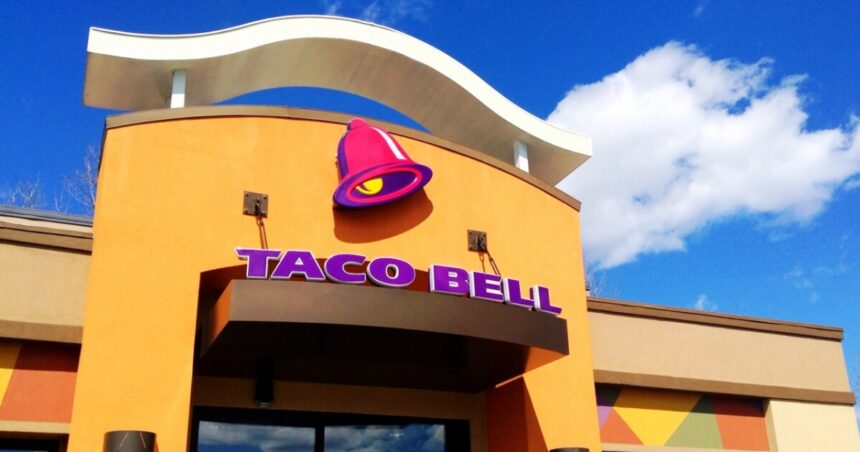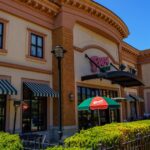The next time you request extra mild sauce at the Taco Bell drive-thru, you might be greeted by a voice AI system instead of a human attendant.
Yum! Brands, Inc. announced on Wednesday that it will be implementing voice AI technology in hundreds of Taco Bell locations across the U.S. by the end of the year, focusing specifically on the drive-thru areas. This means that if you want a personal conversation about your Crunchwrap Supreme, you may need to go inside at some of the 7,400 U.S. stores.
“Utilizing AI technology allows us to lighten the workload for our team members, allowing them to concentrate on providing excellent customer service,” said Taco Bell’s chief digital and technology officer, Dane Mathews. “It also opens up new ways to interact meaningfully with our customers.”
Over 100 Taco Bell locations in 13 states already use voice AI in their drive-thrus and have experienced benefits such as improved order accuracy, reduced wait times, a friendly experience for customers, and increased profitability for Yum! Brands and its franchisees.
The chief innovation officer mentioned that they have been testing and refining the AI technology for two years and collaborating with franchisees before deciding to expand its use. In addition, five Australian KFC restaurants owned by Yum! Brands will also be testing voice AI in their drive-thrus.
RELATED STORY | Restaurants implementing AI, self-ordering kiosks in 2024
Taco Bell now joins its competitors in incorporating AI technology into the ordering process. Other chains such as Hardee’s, Carl’s Jr., and Wendy’s have all been testing automated ordering systems, citing improved customer and crew experiences. However, McDonald’s, which had been testing AI ordering with IBM, recently decided to end the partnership and explore other voice ordering solutions.
According to a report from the National Restaurant Association in March, 16% of restaurants plan to integrate artificial intelligence into their operations this year. Additionally, one in four restaurants intend to implement self-ordering and payment kiosks, while nearly half of the restaurants surveyed plan to use technology and automation to address labor shortages.





